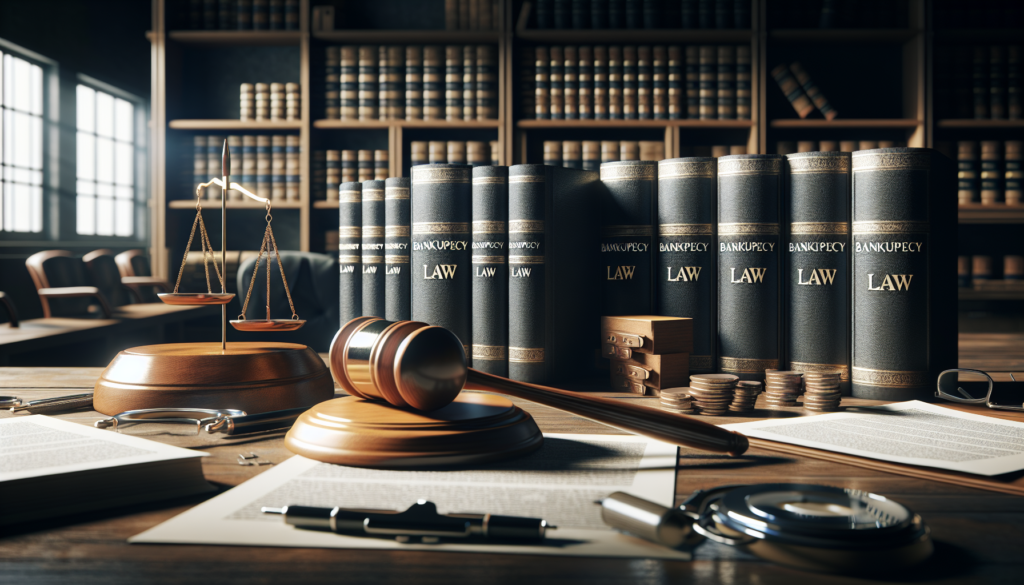
Chapter 7 bankruptcy, often referred to as “liquidation” or “straight” bankruptcy, is a federal court process designed to help individuals and businesses eliminate or discharge their unsecured debts. It’s the most common form of bankruptcy filed in the United States and is intended for debtors who find themselves unable to repay their existing debts. Here’s an overview of what Chapter 7 bankruptcy entails:
Eligibility
To qualify for Chapter 7 bankruptcy, individuals must pass the “means test,” which compares their income to the median income for a household of their size in their state. If their income is below the median, they can file for Chapter 7. If it’s above, they might have to file under Chapter 13 instead, which involves a repayment plan.
Process
- Filing the Petition: The process begins when the debtor files a petition with the bankruptcy court serving their area. Along with the petition, the debtor must also file schedules of assets and liabilities, a schedule of current income and expenditures, a statement of financial affairs, and a schedule of executory contracts and unexpired leases.
- Automatic Stay: Upon filing, an automatic stay immediately goes into effect, halting most creditors from collecting debts from the debtor. This stay stops foreclosure processes, wage garnishments, and most lawsuits against the debtor.
- Trustee Appointment: The court appoints a bankruptcy trustee to oversee the case. The trustee’s role is to review the debtor’s finances and assets, sell off non-exempt property to pay back creditors, and ensure that the debtor complies with the bankruptcy laws and procedures.
- Meeting of Creditors (341 Meeting): The debtor must attend a meeting of creditors, where creditors can ask questions about the debtor’s financial situation and the bankruptcy forms they’ve filed. However, it’s rare for creditors to attend these meetings.
- Liquidation of Non-Exempt Assets: If the debtor has non-exempt assets, the trustee may sell these assets and use the proceeds to pay back creditors. Exemptions vary by state but often include the debtor’s primary residence, automobile, personal belongings, and retirement accounts, up to certain values.
- Discharge: After the process is complete, the court discharges any remaining unsecured debts, meaning the debtor is no longer legally required to pay them. Some debts, such as student loans, child support, and certain taxes, cannot be discharged in Chapter 7 bankruptcy.
Advantages
- Quick Process: Chapter 7 bankruptcy typically takes about 4 to 6 months from filing to discharge.
- Fresh Start: It provides a “fresh start” by discharging most types of unsecured debt.
- No Repayment Plan: Unlike Chapter 13, there’s no need to commit to a repayment plan.
Disadvantages
- Impact on Credit: Filing for Chapter 7 bankruptcy has a significant negative impact on your credit score and remains on your credit report for 10 years.
- Loss of Property: You may lose some of your property, although many assets are protected through exemptions.
- Ineligibility for Certain Debts: Not all debts can be discharged in a Chapter 7 bankruptcy.
Chapter 7 bankruptcy offers a pathway for debtors overwhelmed with debt to eliminate their obligations and start anew. However, because of its long-term impact on one’s financial situation and credit, it’s often considered a last resort after exploring other debt relief options. Consulting with a qualified bankruptcy attorney can provide valuable guidance on whether Chapter 7 is the best option for an individual’s specific financial circumstances.

Get a Free Bankruptcy Case Evaluation